
SALT LAKE CITY— The pilot of a Delta Connection (DL) regional jet operated by SkyWest Airlines (OO) performed an “aggressive maneuver” to avoid a mid-air collision with a USAF B-52 bomber over North Dakota (ND). The incident occurred on Delta Air Lines flight DL3788, traveling between Minneapolis-Saint Paul (MSP) and Minot International Airport (MOT).
The near-miss happened on July 19 during the routine 90-minute flight aboard an Embraer E175, as the aircraft encountered a B-52 Stratofortress based at the nearby Minot Air Force Base (MIB). The pilot’s evasive action prevented a potential disaster, earning praise from passengers after his candid explanation.
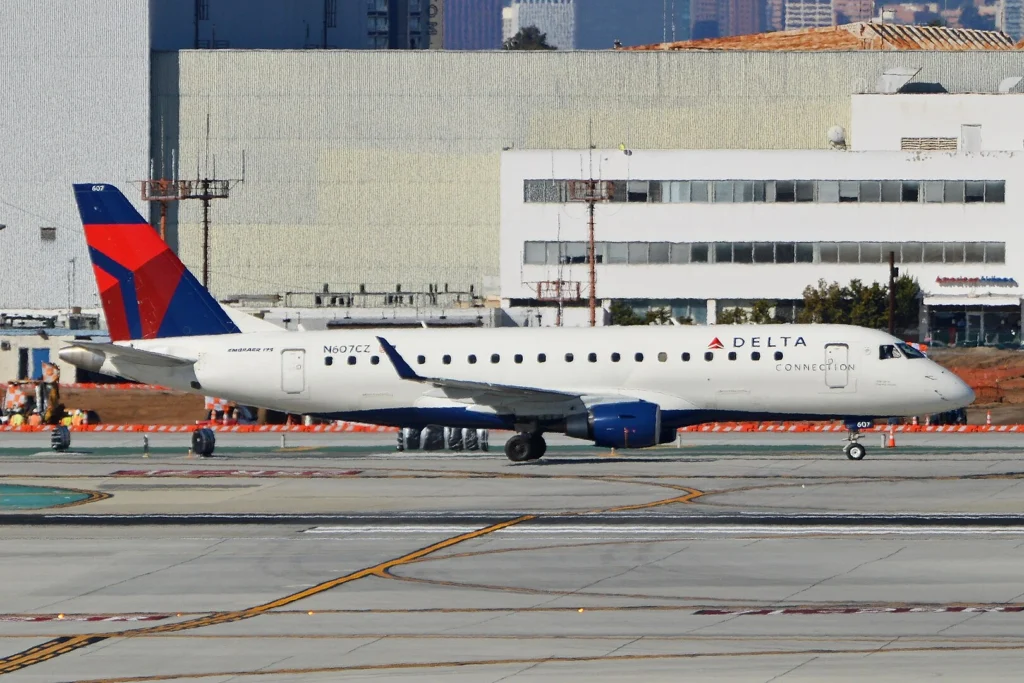 Photo: By Alan Wilson – Embraer Emb175SR ‘N607CZ’ Delta Connection, CC BY-SA 2.0, https://commons.wikimedia.org/w/index.php?curid=33925207
Photo: By Alan Wilson – Embraer Emb175SR ‘N607CZ’ Delta Connection, CC BY-SA 2.0, https://commons.wikimedia.org/w/index.php?curid=33925207Delta Pilots Avoid Collision with B-52
The unexpected encounter occurred when DL3788 was cruising en route to Minot, a city home to a significant US Air Force presence, including 26 B-52 bombers. According to the pilot, air traffic controllers instructed the flight to change direction due to inadequate separation from a preceding aircraft on the approach path.
While executing this instruction, the crew spotted a rapidly approaching military aircraft on a convergent trajectory. The pilot explained over the public address system that, without prior warning of military traffic, he assessed the situation and decided that turning behind the bomber was the safest course of action.
Passengers seated on the right-hand side reportedly saw the large bomber in proximity, heightening concern onboard. The pilot emphasized that such events are highly irregular, especially given that Minot Air Force Base has radar capabilities, yet no traffic advisory was issued regarding the B-52’s presence in the airspace.
The pilot admitted being caught off guard by the encounter, openly apologizing to passengers for the abrupt maneuver. His transparency was met with understanding and even applause, as travelers appreciated both his honesty and quick thinking, PYOK reported.
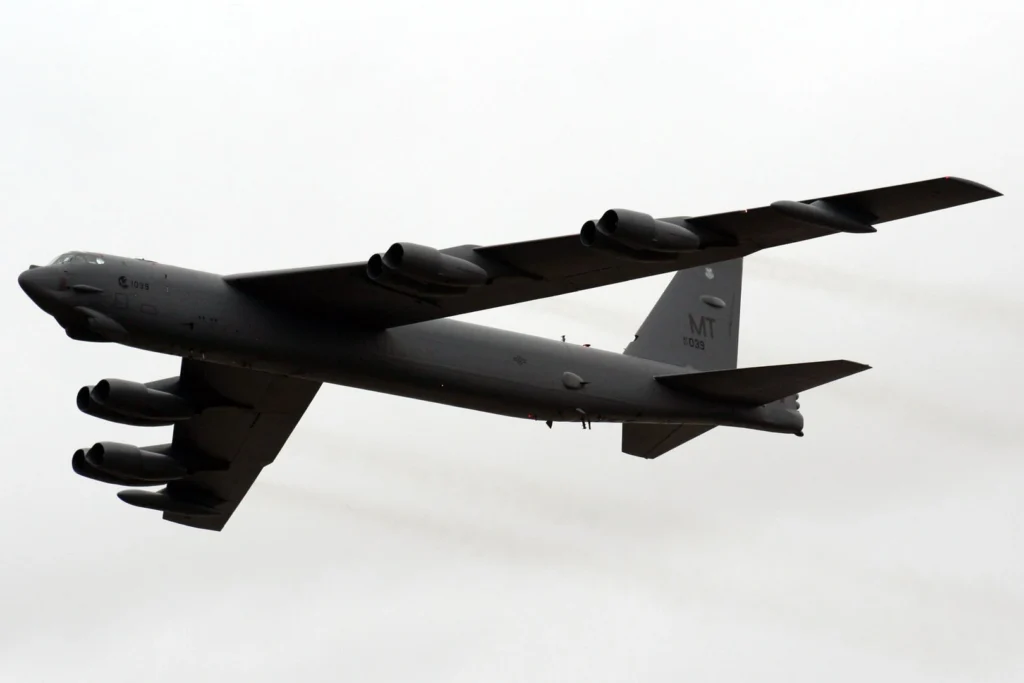 Photo: By Carlos Menendez San Juan – B-52 Stratofortress, CC BY-SA 2.0, https://commons.wikimedia.org/w/index.php?curid=37272829
Photo: By Carlos Menendez San Juan – B-52 Stratofortress, CC BY-SA 2.0, https://commons.wikimedia.org/w/index.php?curid=37272829Airspace and Radar Limitations at Minot
Minot International Airport (MOT) does not have its own radar system, relying on visual confirmation for aircraft separation during approach phases.
The coordination between civilian and military operations is particularly crucial in airspaces shared with military bases like Minot AFB, which regularly hosts large bomber activity.
The pilot’s remarks raised concerns about the lack of communication between civilian air traffic control (ATC) and military operations. Although military radars monitor the area, the absence of a warning to civilian controllers or pilots contributed to the near-miss scenario.
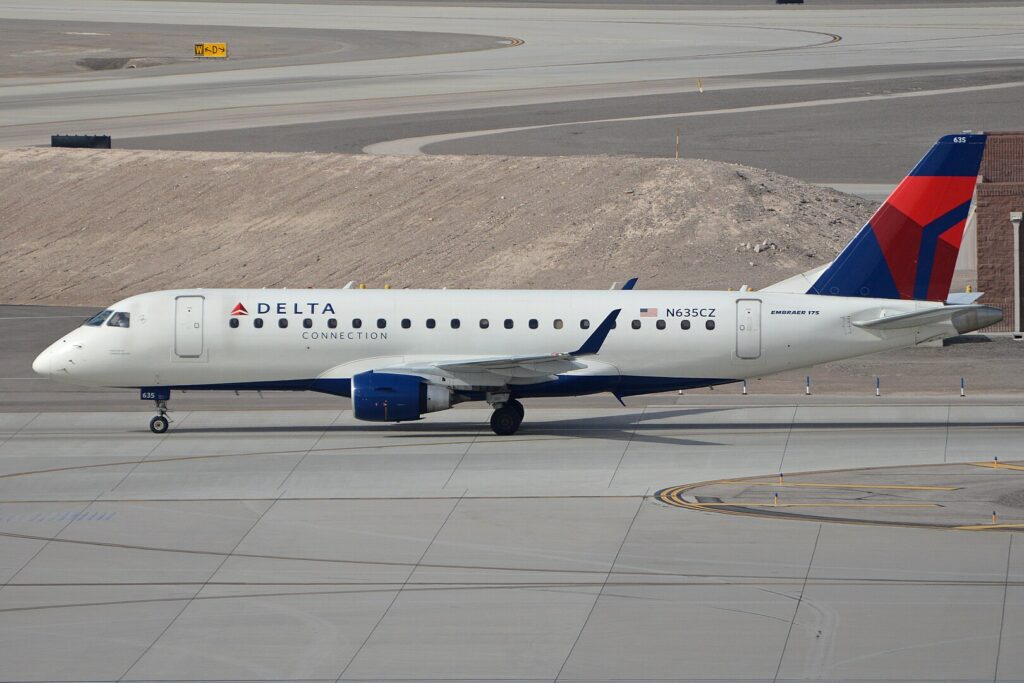 Photo: By Alan Wilson from Stilton, Peterborough, Cambs, UK – Embraer ERJ-175LR (170-200LR) ‘N635CZ’ Delta Connection, CC BY-SA 2.0, https://commons.wikimedia.org/w/index.php?curid=50775880
Photo: By Alan Wilson from Stilton, Peterborough, Cambs, UK – Embraer ERJ-175LR (170-200LR) ‘N635CZ’ Delta Connection, CC BY-SA 2.0, https://commons.wikimedia.org/w/index.php?curid=50775880Pilot’s Response and Passenger Reactions
The pilot’s post-incident address not only clarified the situation but also demonstrated commendable leadership and transparency.
While some speculate the explanation also served to compose the pilot himself after the adrenaline-filled episode, his openness helped calm the cabin atmosphere.
This case highlights the importance of clear and proactive coordination between military and civilian aviation authorities, particularly in joint-use airspaces. Despite the incident, passengers continued their journey safely, arriving at Minot without further issues.
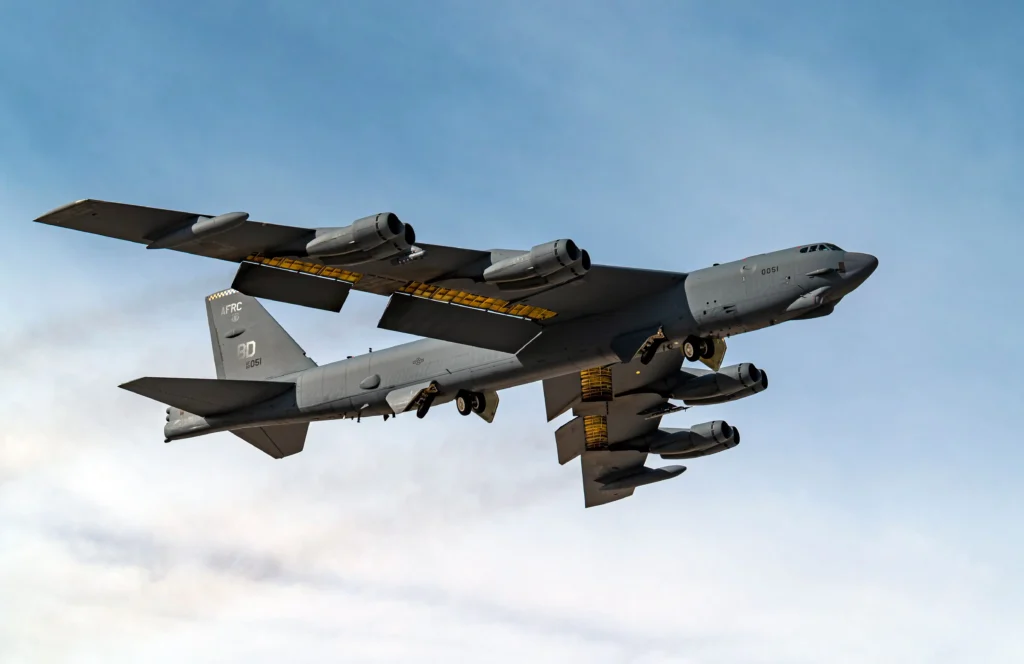 Photo: US Air Force
Photo: US Air ForceAbout B-52 Bomber
The Boeing B-52 Stratofortress, operated by the United States Air Force (USAF), continues its role as a strategic long-range bomber since its induction in 1955. Based at Barksdale AFB (BAD) and Minot AFB (MIB), the fleet remains vital to U.S. global strike capabilities.
Designed and built by Boeing, the B-52 boasts a combat range of 8,800 miles (14,200 km) without aerial refueling. This enduring aircraft, supported by periodic upgrades, is projected to serve beyond 2050.
Boeing secured the initial B-52 development contract in June 1946. The aircraft evolved from an initial straight-wing, turboprop-powered concept to the YB-52 prototype, featuring eight turbojet engines and swept wings. The first B-52 flight occurred in April 1952, followed by its formal USAF induction in 1955, replacing the Convair B-36 Peacemaker.
Originally designed for nuclear deterrence during the Cold War, the B-52 was operated under the Strategic Air Command (SAC) until SAC’s dissolution in 1992. Subsequently, operations transitioned to the Air Combat Command (ACC), and later, in 2010, to the Air Force Global Strike Command (AFGSC).
Despite newer bombers like the Rockwell B-1 Lancer, Northrop Grumman B-2 Spirit, and the now-retired Convair B-58 Hustler, the B-52 remains operational due to its subsonic performance, large payload capacity, and cost-effective maintenance.
Though officially named the Stratofortress, the aircraft is widely known by its nickname “BUFF” (Big Ugly Fat Fella). It has participated in multiple conflicts, exclusively deploying conventional munitions in combat roles.
As of 2024, the USAF maintains 76 B-52s. The active-duty fleet includes 58 aircraft under the 2nd Bomb Wing (Barksdale AFB, BAD) and 5th Bomb Wing (Minot AFB, MIB). An additional 18 are operated by the reserve 307th Bomb Wing. Approximately 12 units are preserved in long-term storage at Davis-Monthan Air Force Base (DMA), often referred to as the “Boneyard.”
Between 2013 and 2015, the fleet underwent significant avionics and systems upgrades to enhance mission capabilities. These upgrades have paved the way for extended service life, with the B-52 expected to remain in operational use into the 2050s.
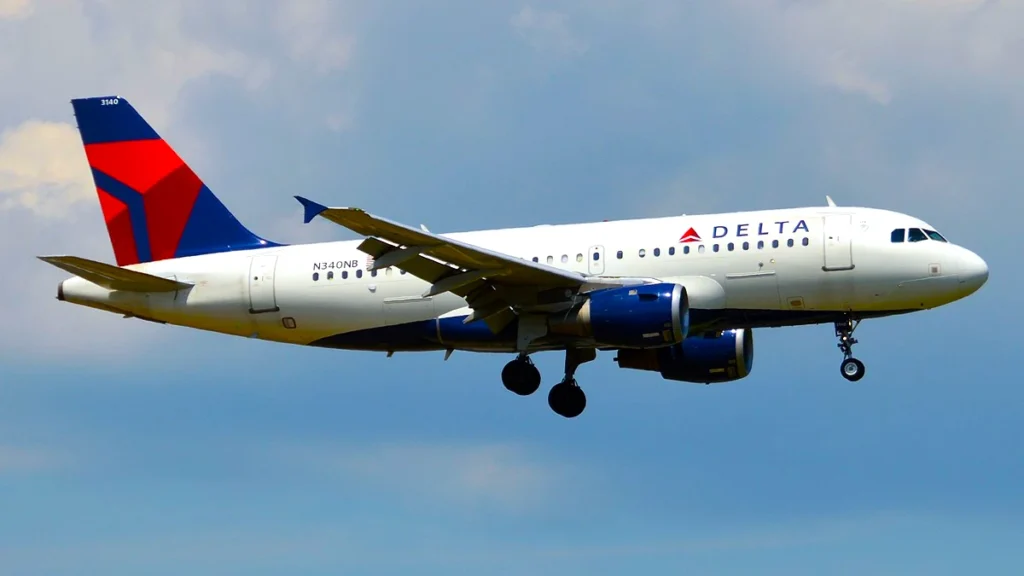 Photo: By Anna Zvereva from Tallinn, Estonia – Delta Air Lines, N340NB, Airbus A319-114, CC BY-SA 2.0, https://commons.wikimedia.org/w/index.php?curid=41995963
Photo: By Anna Zvereva from Tallinn, Estonia – Delta Air Lines, N340NB, Airbus A319-114, CC BY-SA 2.0, https://commons.wikimedia.org/w/index.php?curid=41995963Similar Incident
Delta Air Lines (DL) pilots narrowly averted a mid-air collision with a U.S. Air Force (USAF) jet near Washington National Airport (DCA) on March 28, 2025.
The close encounter occurred just miles from the January 2025 crash site that tragically killed 67 people.
Delta Flight 2983, an Airbus A319, was departing from Ronald Reagan Washington National Airport (DCA) to Minneapolis-St. Paul International Airport (MSP) when its Traffic Alert and Collision Avoidance System (TCAS) triggered a resolution advisory. The alert prompted immediate evasive maneuvers by the flight crew.
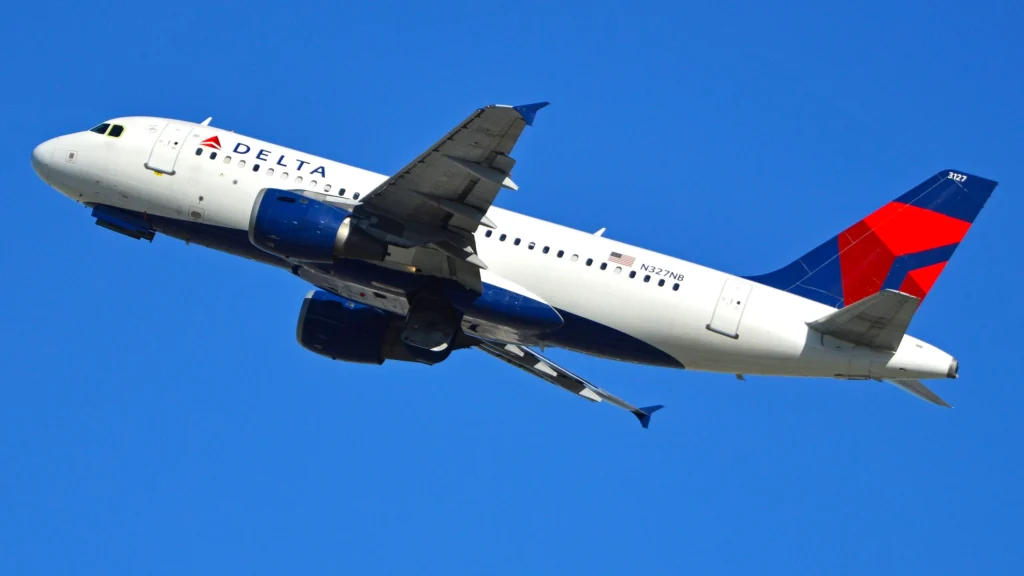 Photo: By Alan Wilson – Airbus A319-114 ‘N327NB’ Delta, CC BY-SA 2.0, https://commons.wikimedia.org/w/index.php?curid=33925401
Photo: By Alan Wilson – Airbus A319-114 ‘N327NB’ Delta, CC BY-SA 2.0, https://commons.wikimedia.org/w/index.php?curid=33925401Details of the Delta 2983 Near-Miss Incident
The incident took place shortly after 3:00 p.m. local time when Delta Flight 2983, a scheduled service to Minneapolis-St. Paul (MSP) was cleared for takeoff from DCA.
During the initial climb, the onboard TCAS warned of potential conflict with another aircraft, later identified as a USAF T-38 Talon operating from Langley Air Force Base (LFI) in Hampton, Virginia.
At approximately 3:18 p.m., flight recordings captured the Delta pilot querying Washington Air Traffic Control (ATC) about a sighted aircraft below their position. ATC confirmed the presence of the military aircraft, acknowledging the proximity of just 500 feet vertical separation.
The USAF T-38 was part of a formation of four jets en route to perform a ceremonial flyover at Arlington National Cemetery, located nearby. Both aircraft received corrective instructions from air traffic controllers to mitigate the collision risk.
The FAA has since launched a formal investigation to determine the sequence of events and evaluate airspace coordination.
FAA and Delta’s Official Statements
In a public statement, the Federal Aviation Administration (FAA) confirmed that the Delta Airbus A319 received an onboard proximity alert, which activated the TCAS resolution advisory. The FAA emphasized that controllers issued timely directives to both aircraft to ensure separation.
Delta Air Lines, headquartered in Atlanta, reiterated its unwavering commitment to safety. A spokesperson stated, “Nothing is more important than the safety of our customers and people. Our crew followed all established procedures to ensure the aircraft’s safe continuation.”
The passenger aircraft involved, an Airbus A319-114 registered as N342NB, is nearly 23 years old. Flight 2983 was carrying 131 passengers, two pilots, and three flight attendants.
Despite the mid-air scare, the flight landed on schedule at Minneapolis-St. Paul International Airport (MSP) at 4:36 p.m. local time.
Stay tuned with us. Further, follow us on social media for the latest updates.
Join us on Telegram Group for the Latest Aviation Updates. Subsequently, follow us on Google News
Delta A321 Aborts Takeoff to Avoid Collision at Nashville Airport
The post Delta Pilots Avoid Mid-Air Collision with US Air Force B-52 bomber appeared first on Aviation A2Z.





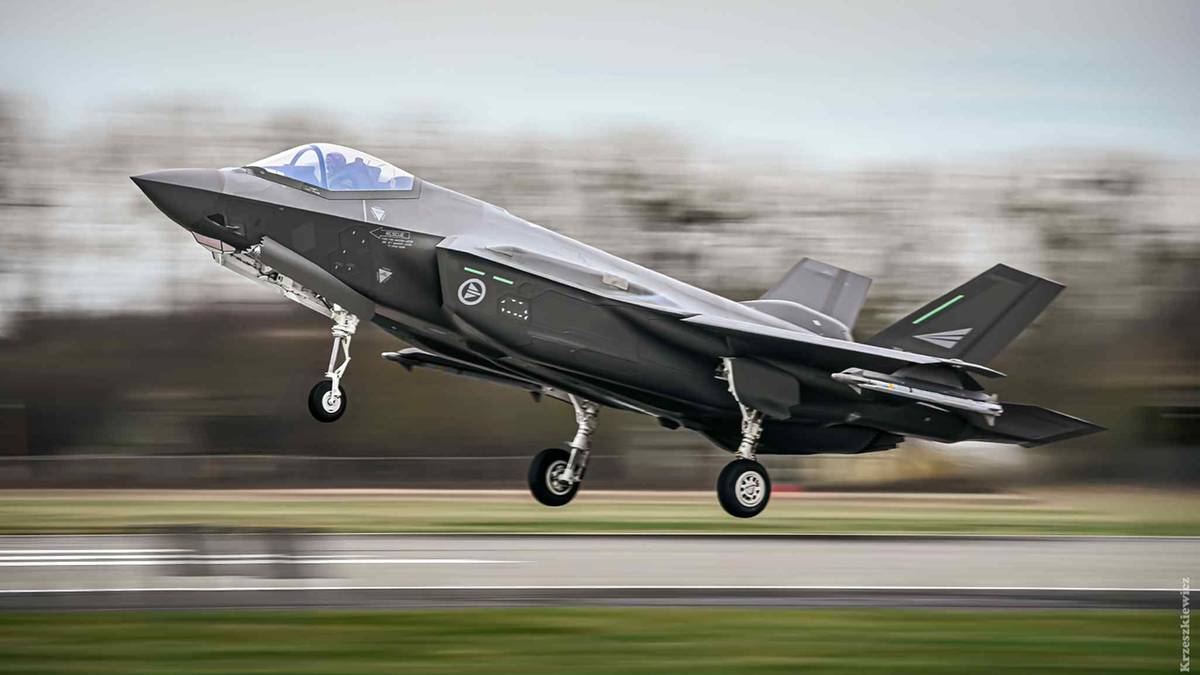



![A gdyby tak rzucić wszystko i wyjechać do Maroka… [zdjęcia]](https://tarnow.ikc.pl/wp-content/uploads/2025/10/ucieczka-do-tangeru-fot.-Artur-Gawle0001.jpg)



